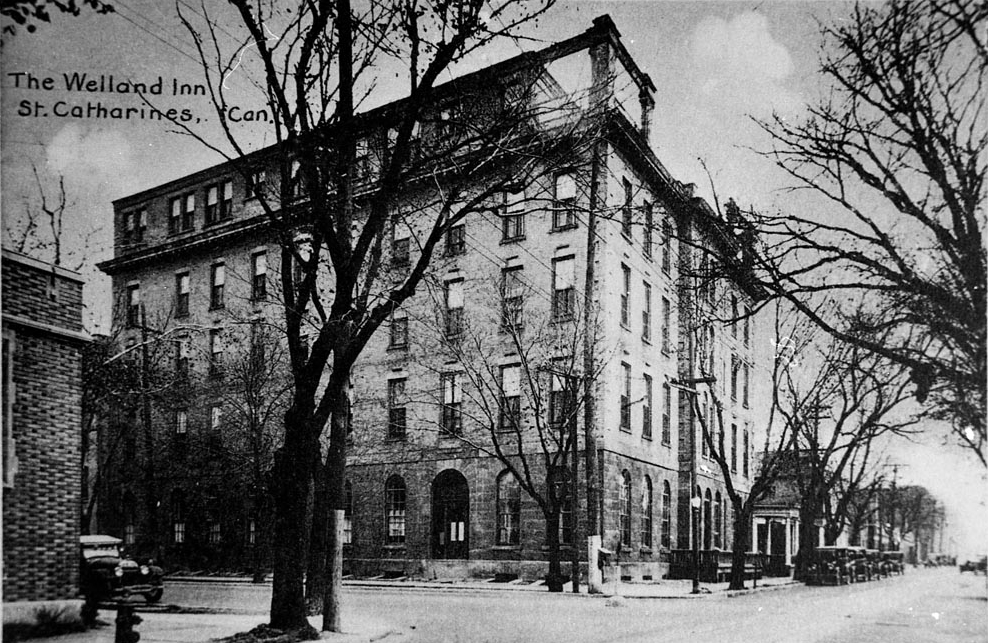St. Catharines ‘healing waters’ drew thousands of tourists in the 1850s
Published May 9, 2023 at 3:51 pm

It wasn’t the lake or the mills or the early urban charms of St. Catharines that caused American tourists to flock to St. Catharines in the mid-1800s.
It was the water. The “healing water,” to be more specific.
In the 1830s and leading up to the 1850s, mineral springs were discovered under the ground in St. Catharines and
in early January 1858, the prestigious New York Journal of Medicine published an article and claimed that the town of St. Catharines was “first place in the ranks of saline springs” and that the springs “show a close resemblance in the results of analysis to that of some of the most popular and efficacious waters in Europe.”
So what exactly is the attraction of saline springs? The water has a heavy concentration of calcium, magnesium or sodium (salt) which at the time were considered rejuvenative. Tired old folks would bathe in the “healing waters” and come out feeling like they were in their 20s.
The New York Journal of Medicine article garnered so much interest that Americans took to bypassing the Saratoga Springs of New York and landing in the Garden City instead.
By 1840, hundreds of vacationers were partaking in the healing waters which strengthened the town’s economy. After 1850, workers in the tourist industry catered to about 6,000 annual visitors from all over the continent with the majority arriving from the South.
By the late 1850s, the annual visitors nearly doubled the town’s total population.
At that point, hotel spas had opened, with the two best-known being the Welland House Hotel and Springbank Hotel. People traveled from far and wide to stay at these hotels and benefit from the mineral springs.
Descriptions of packed rooms, full dining areas, late night balls and people being rejuvenated and healed have been written in various history books.
However, Brian Narhi, chair of the St. Catharines Heritage Advisory Committee, said there was more than just mineral springs and their healing waters bringing Americans here – it was also military strategy.
During the 1850s and ’60s it was believed the Welland House was a centre for espionage just prior to the American Civil War, Narhi told the CBC.
“Spies from the Confederacy and spies from the union in the United States were coming up here to vacation, but while they were here, they were kind of eavesdropping on what the other side was saying, gathering intelligence,” he said.
At that point in St. Catharines’ history, the town had a thriving Black community, many of whom had escaped slavery from the United States and settled in the region, including renowned freedom fighter Harriet Tubman.
One can scarcely imagine what visitors from the southern Confederate states thought of former slaves enjoying freedom and finding gainful employment up here as many worked as staff in the Welland House Hotel due to its proximity to their neighbourhood.

The Springbank Hotel, shown here in 1903.





